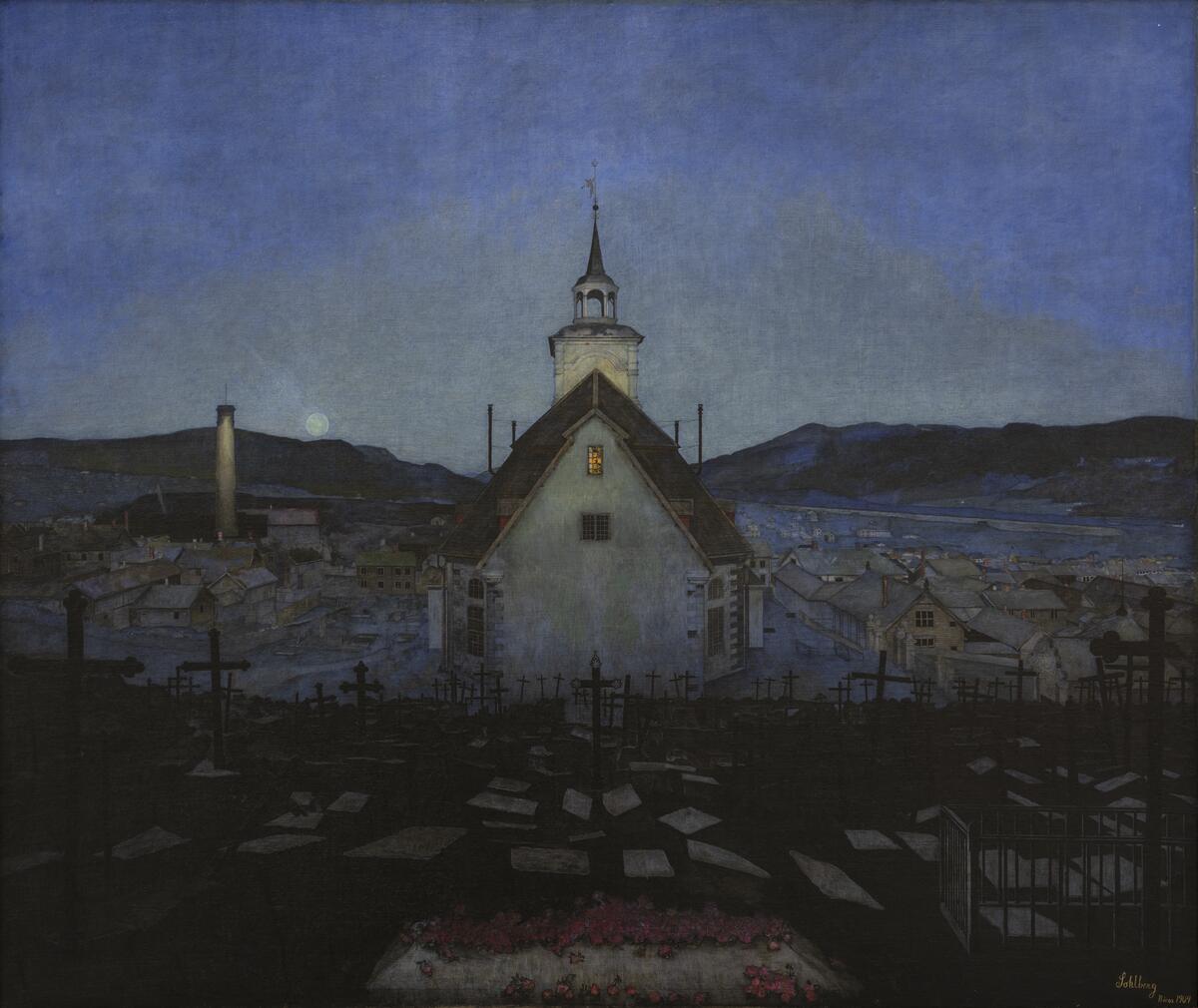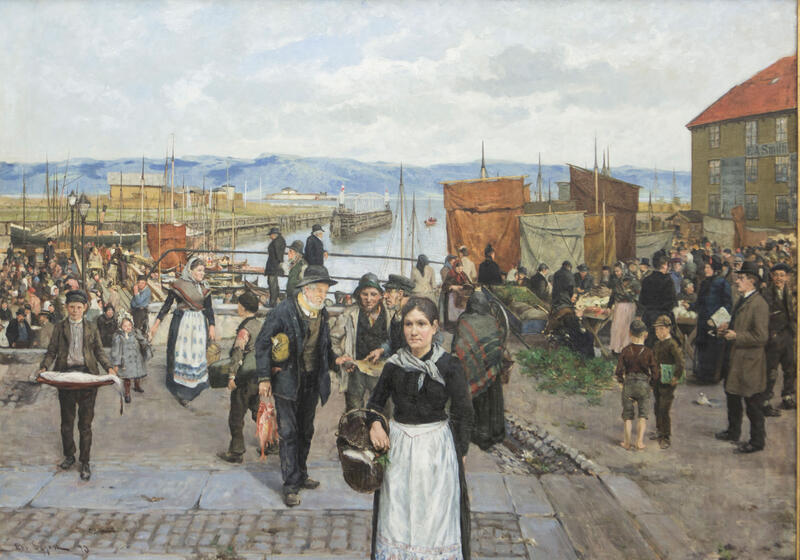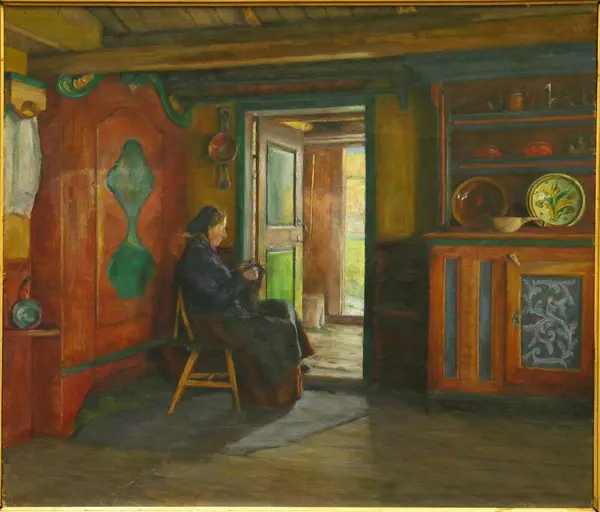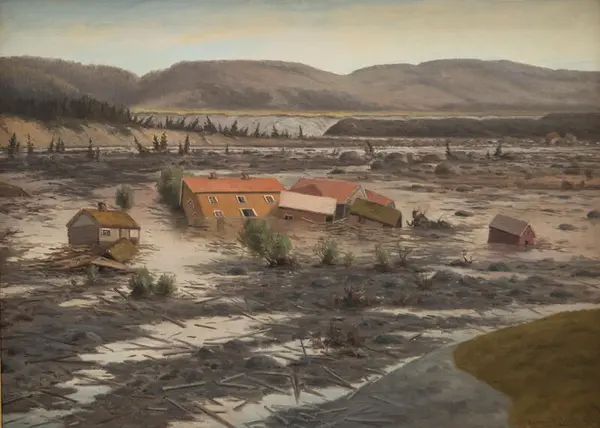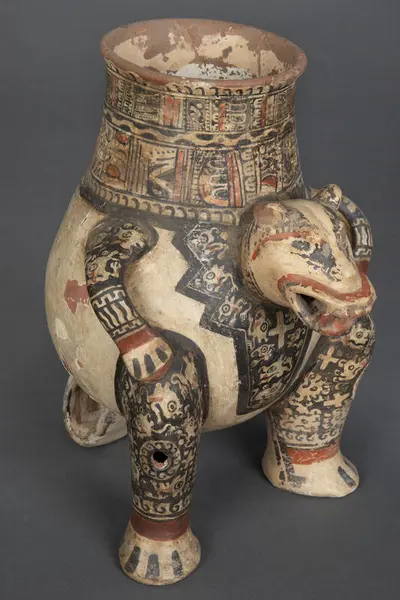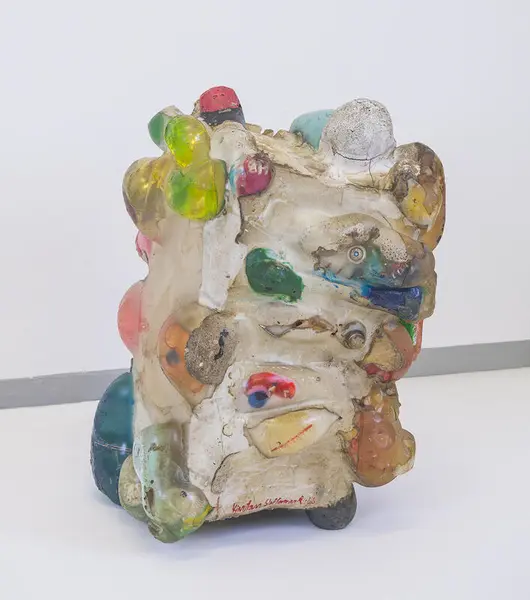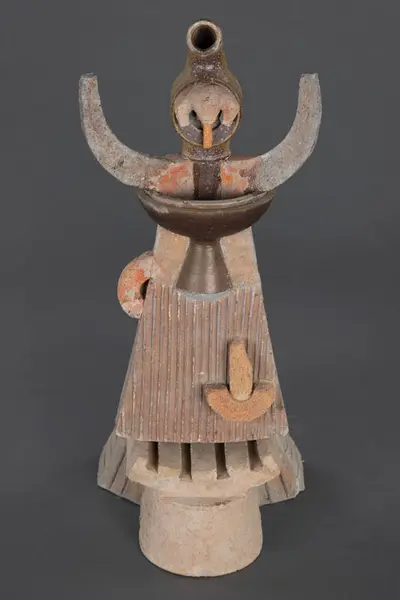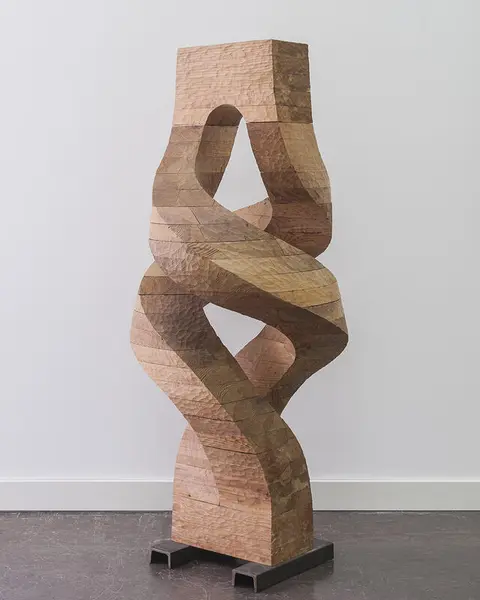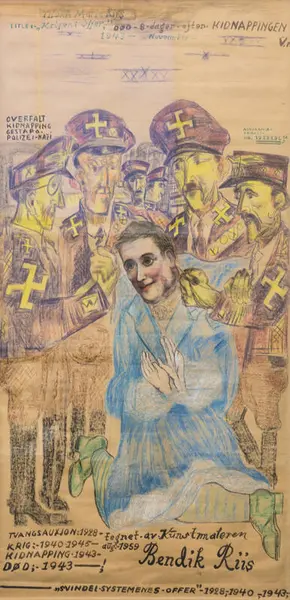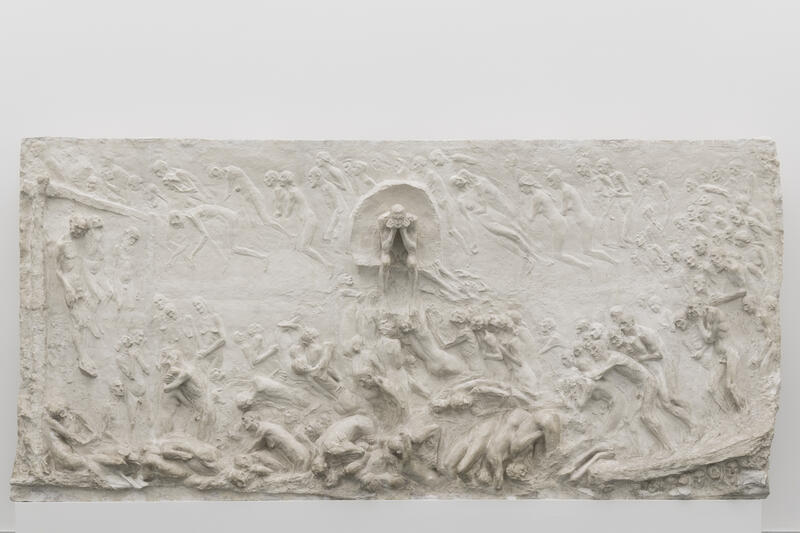What can we learn from the artists? In its work for Trondheim kunstmuseum's new presentation of its collection, the museum has looked back on its own exhibition history. Exhibitions such as Martin Tebus: Collection (2015) and The Artist's Choice (2015-2022) have given the museum the opportunity to study the artists' approach to our collection. The artist's gaze, method, and experience have contributed to a substantial production of knowledge that has characterized the museum, its collection, and how we understand our cultural heritage. With the new presentation, the museum wants to make use of the knowledge that the artists bring with them in meeting with our collection to create new paths in art history—a multi-perspective, dynamic, and multi-voiced narrative of art histories. In other words: The museum learns from the artists.
Storytelling has been a principle for many presentations of collections, while the authoritative voice and authority of the institution have gradually been replaced by the more subjective voice of the curator. The anonymous and canonical assemblage is slowly but surely being replaced by a diverse narrative of art histories. The aim is no longer only to understand the artworks as individual objects with their own specific history—as representatives of an artist's development, a specific "movement," or aesthetic—but also to see them as part of the museum's own history and within a wider art historical debate.
The meeting between information technology and visual culture has made the audience more and more interested in the links between different works of art and their relationships to current social and political issues. To meet these differing needs, the museum wants to create new paths into art history. Therefore, we have been inspired by the artists' approach to the collection in order to free ourselves from the universal and chronological way in which collections are usually displayed.
Can presentation strategies that blend chronology, styles, schools, and themes create such connections? Can such methods enable collections of varying values, periods, and object categories to merge and create new and meaningful encounters between the objects? What can we learn from the artists?
